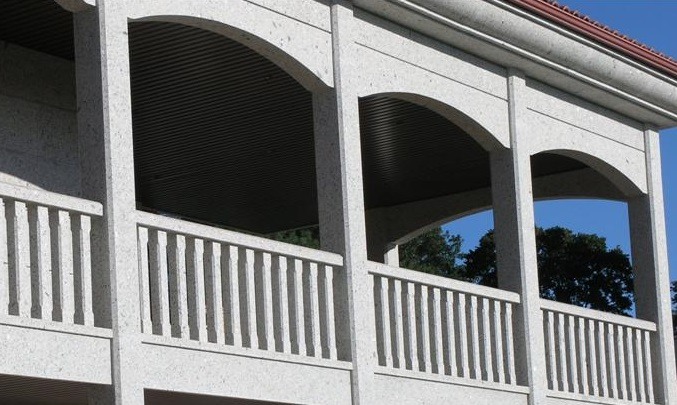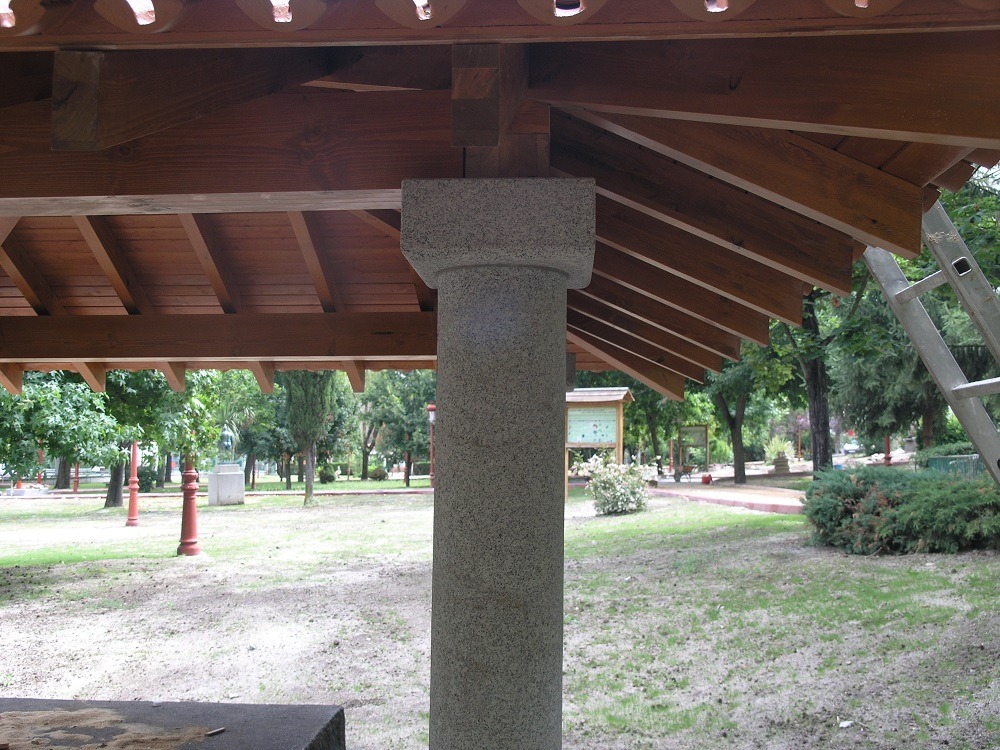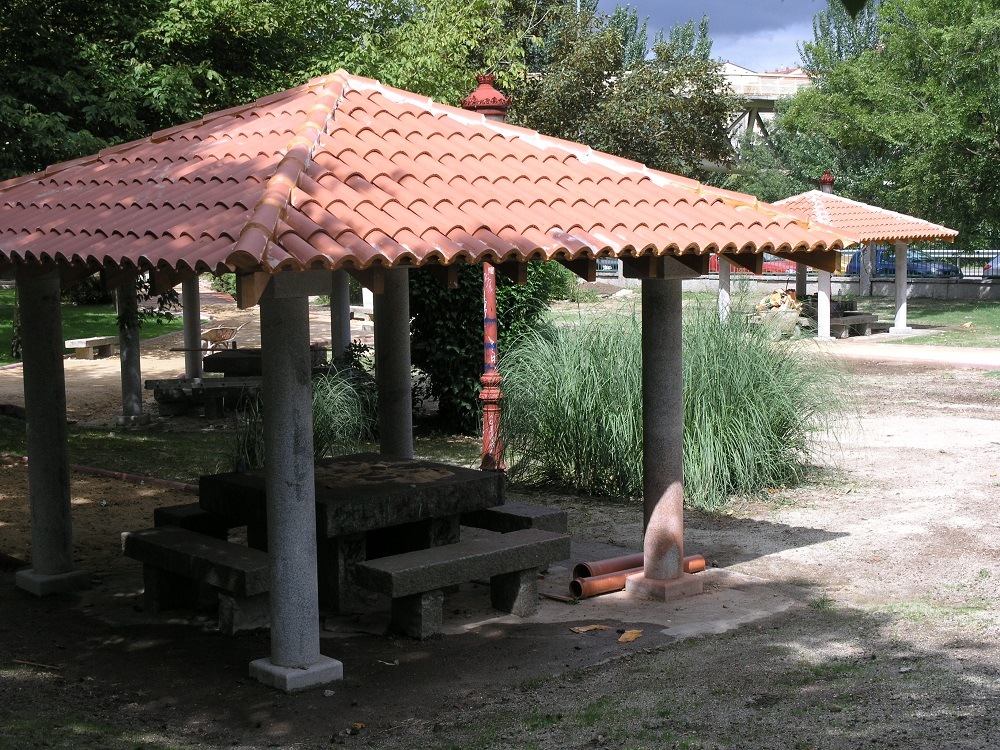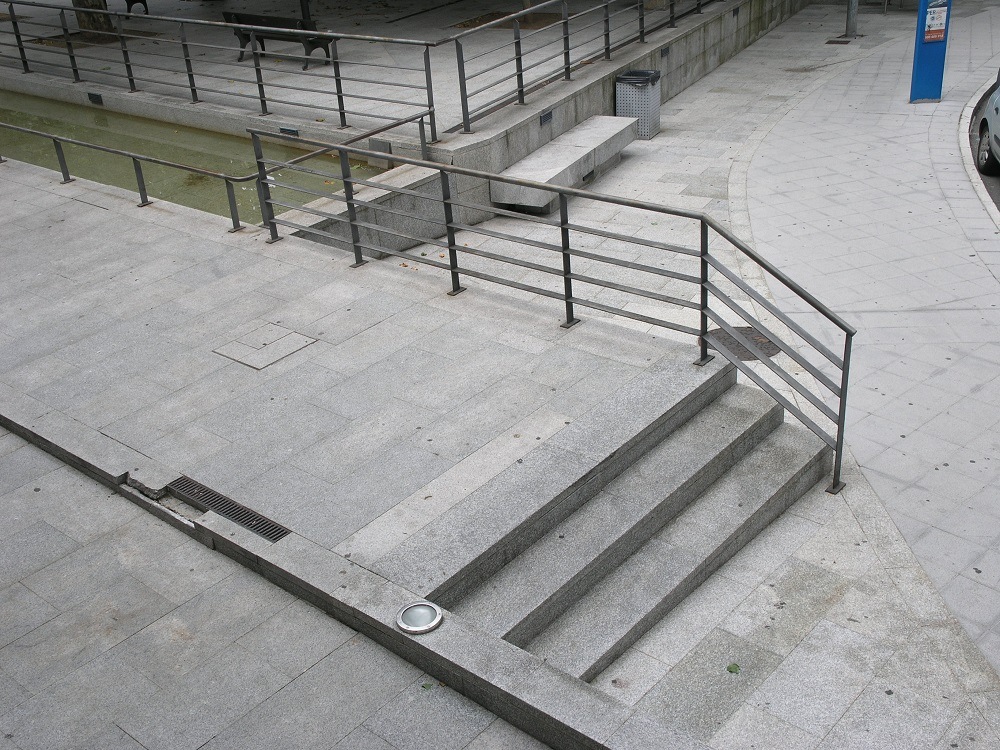Balustrades
A balustrade is an architectural feature to prevent falls from terraces, balconies, stairs, etc. without using a solid, opaque wall. It comprises a series of spaced vertical pieces called BALUSTERS, which stand on a BASE RAIL and support a banister or HANDRAIL. Balustrades can be divided into separate sections with PIERS, which are small columns that provide greater support to the structure. It is recommended to intersperse piers every 4 to 5 metres.

Benches
Benches are prism-shaped objects which serve as a long seat. The pieces of granite used to make benches must be uniform, without cracks or any other defect in their surface. The top side of the bench must be flat. The recommended finish for visible surfaces is honed, but other options may also be used (sawn, flamed, polished, etc.).
Columns
Columns are vertical pieces with a square or circular cross-section used to bear load, although they are also used purely for decoration. In classical architecture there are many different types of columns: cushioned, knotted, twisted, rostral, Solomonic, etc.

Tables
Tables, like worktops and counters, are pieces of furniture we use to work on. They must be made from top quality homogeneous granites, with a uniform appearance, clean and free from cracks and chips.

Steps
These are prism-shaped components which, when stacked and set back, allow us to change level. Steps may be solid or made of a masonry core or concrete mass covered with granite slabs.
The visible faces of the steps must be flat and finished, with a width equal to the going plus at least 3 cm, a rise equal to the thickness of the slab of stone, and the steps should extend the entire width of the staircase if it not a step with a continuous tread. For safety reasons rough and flamed finishes are recommended for steps outdoors. Polished finishes should only be used on indoor steps.

Street gutters
Street gutters are channels located on the road surface, next to the kerb which serve as a drainage channel for rainwater and as a finishing touch to the roadway.

